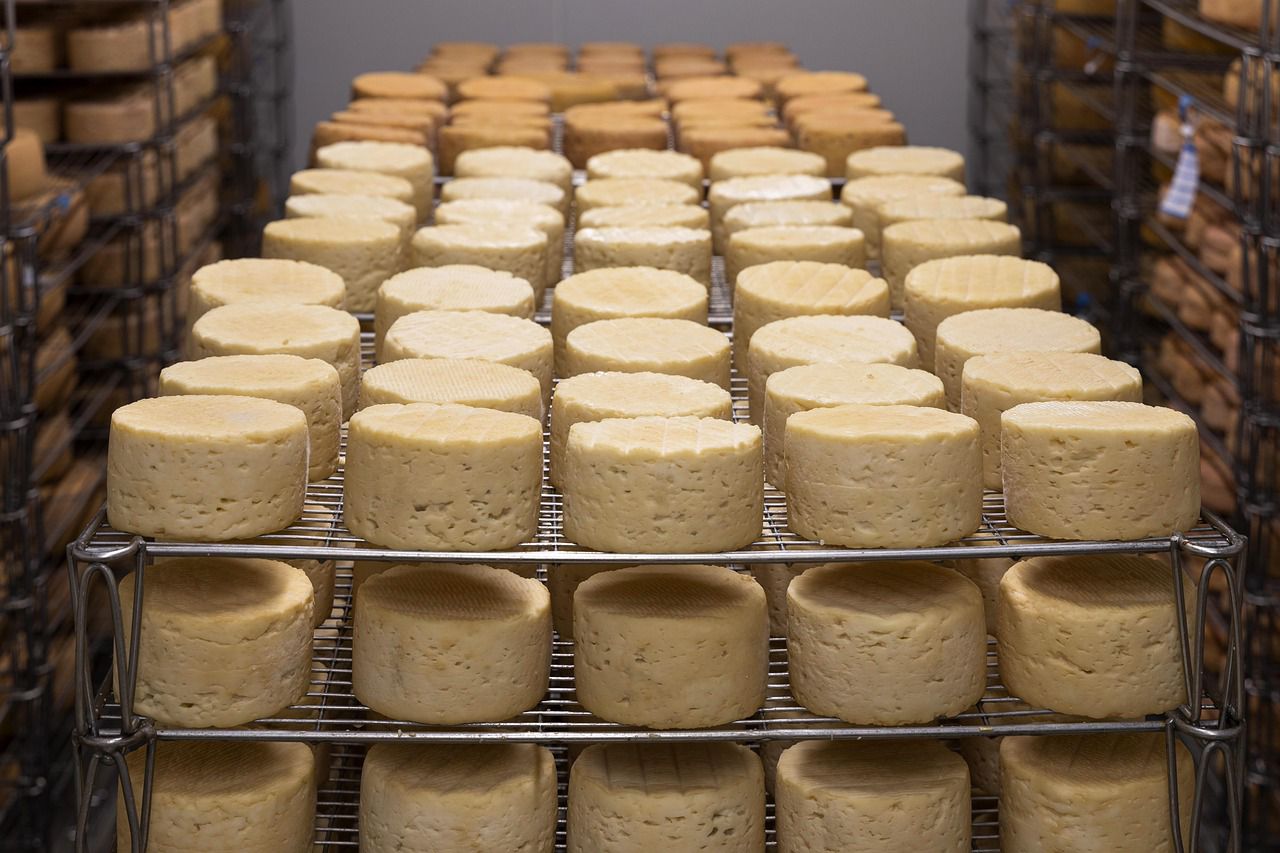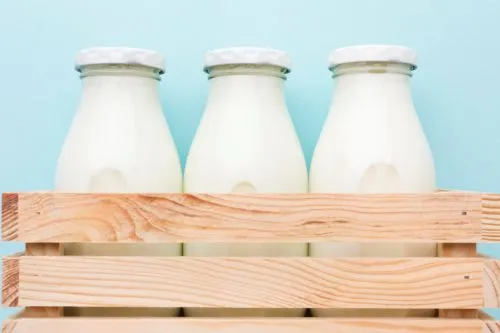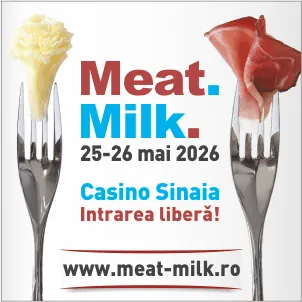
Innovation in the dairy sector is increasingly focused on developing high value-added products, with controlled fermentation playing a central role.
Regulation (EU) No. 1169/2011 on consumer information requires clear labeling of ingredients and nutritional values, while the Codex Alimentarius standards for fermented products provide the international quality framework.
According to Eurostat, the fermented dairy market in the European Union grew by 6% in 2024, and the trend is continuing in 2025, driven by consumer interest in functional products rich in probiotics and proteins.
Modern fermentation technologies allow:
- the use of selected microbial cultures to obtain specific aromatic profiles and textures;
- improved microbiological stability.
Research published by the FAO and the International Dairy Federation highlights that optimizing fermentation parameters – temperature, pH, duration – can:
- improve nutrient bioavailability,
- reduce lactose content by up to 30%, an important aspect for consumers with intolerance.
In Romania, the adoption of these technologies is still limited to large processors; however, the growing demand for protein yogurts, kefir, or functional fermented drinks creates opportunities for medium and small dairies as well.
Investments in digitally controlled fermenters and automatic inoculation systems:
- ensure consistency and quality,
- reduce energy consumption.
In addition, support programs under CAP 2023–2027 and funds available through the National Rural Development Program provide resources for acquiring such equipment.
The implementation of advanced fermentation technologies is not only a way to diversify the product portfolio but also a strategy to position on premium segments, with higher margins and greater demand stability. This can significantly contribute to increasing the competitiveness of Romania’s dairy industry.
(Photo: Pixabay)




